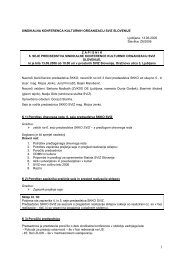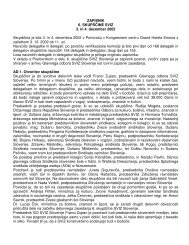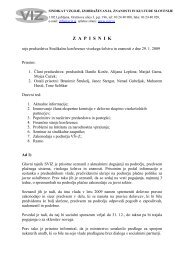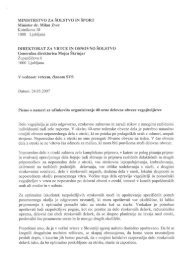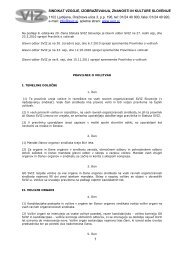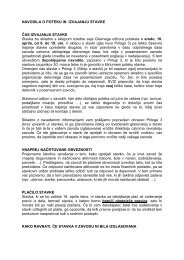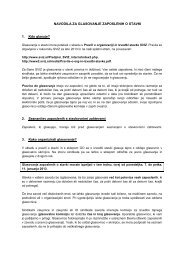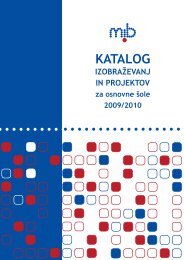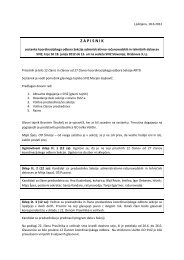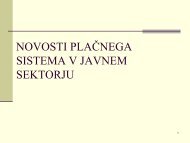Create successful ePaper yourself
Turn your PDF publications into a flip-book with our unique Google optimized e-Paper software.
ous occasions; parts of the suite appear in various manuscripts and some<br />
of them may have been written prior to 1717. The autograph copies of most<br />
of the movements have been lost, and so the order of the movements is not<br />
entirely clear today; contemporary sources and editions present the movements<br />
in various sequences. From the scores that were preserved it was for<br />
many years concluded that the pieces fell into three suites, differing in terms<br />
of instrumentation and tonality: one in F Major, the second in D Major and<br />
the third in G Major. This theory is questionable, however, as in the earliest<br />
extant source (a transcription from the early 1720s) the movements in D Major<br />
and G Major are ordered in a completely mixed sequence. The ordering of the<br />
movements according to tonality was nonetheless followed until the 1730s,<br />
and is reflected in Walsh’s editions from 1743.<br />
Together with The Music for the Royal Fireworks, The Water Music represents<br />
the peak of Handel’s monumental popular style, in which he successfully<br />
combined the Italian concerto music making of individual instrumental<br />
groups and the French fashion of dance movements. Handel perfected this<br />
synthesis by adding a choir of wind instruments and characteristic English<br />
folk and dance music (Country Dances), linked to the tradition of Purcell.<br />
PROGRAM / PROGRAM<br />
Katarina Šter<br />
Prevod / Translation: Neville Hall<br />
138




